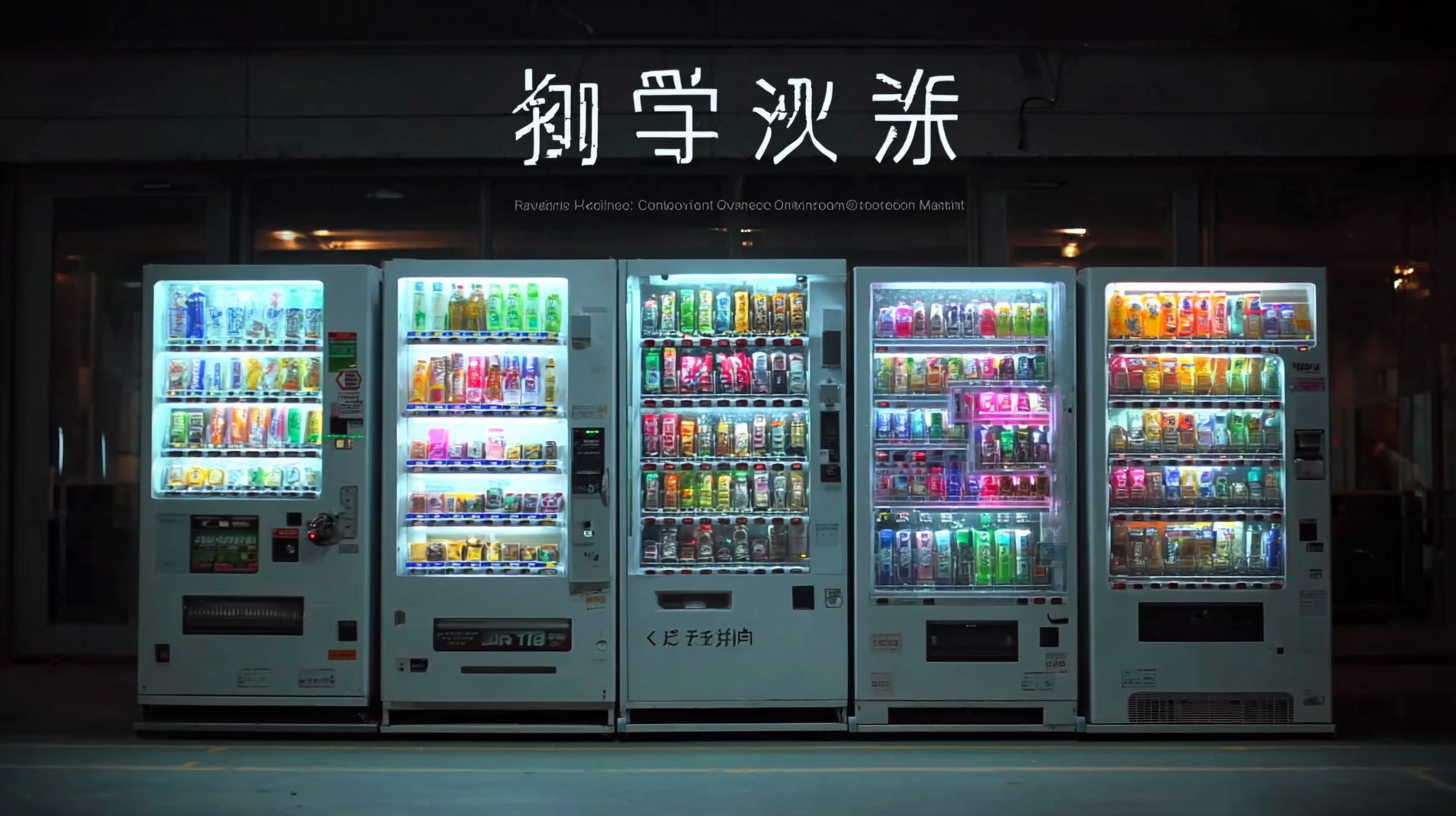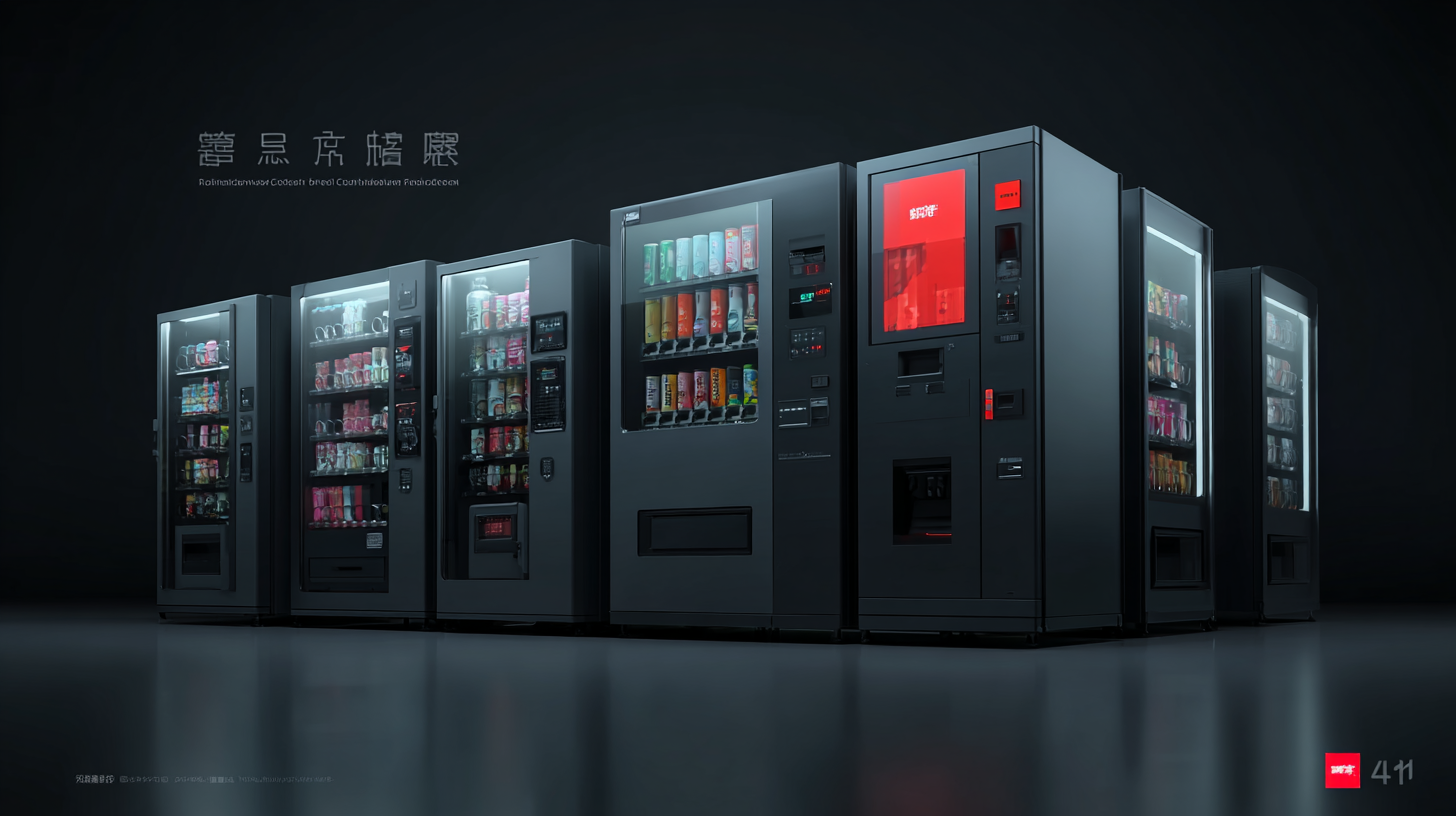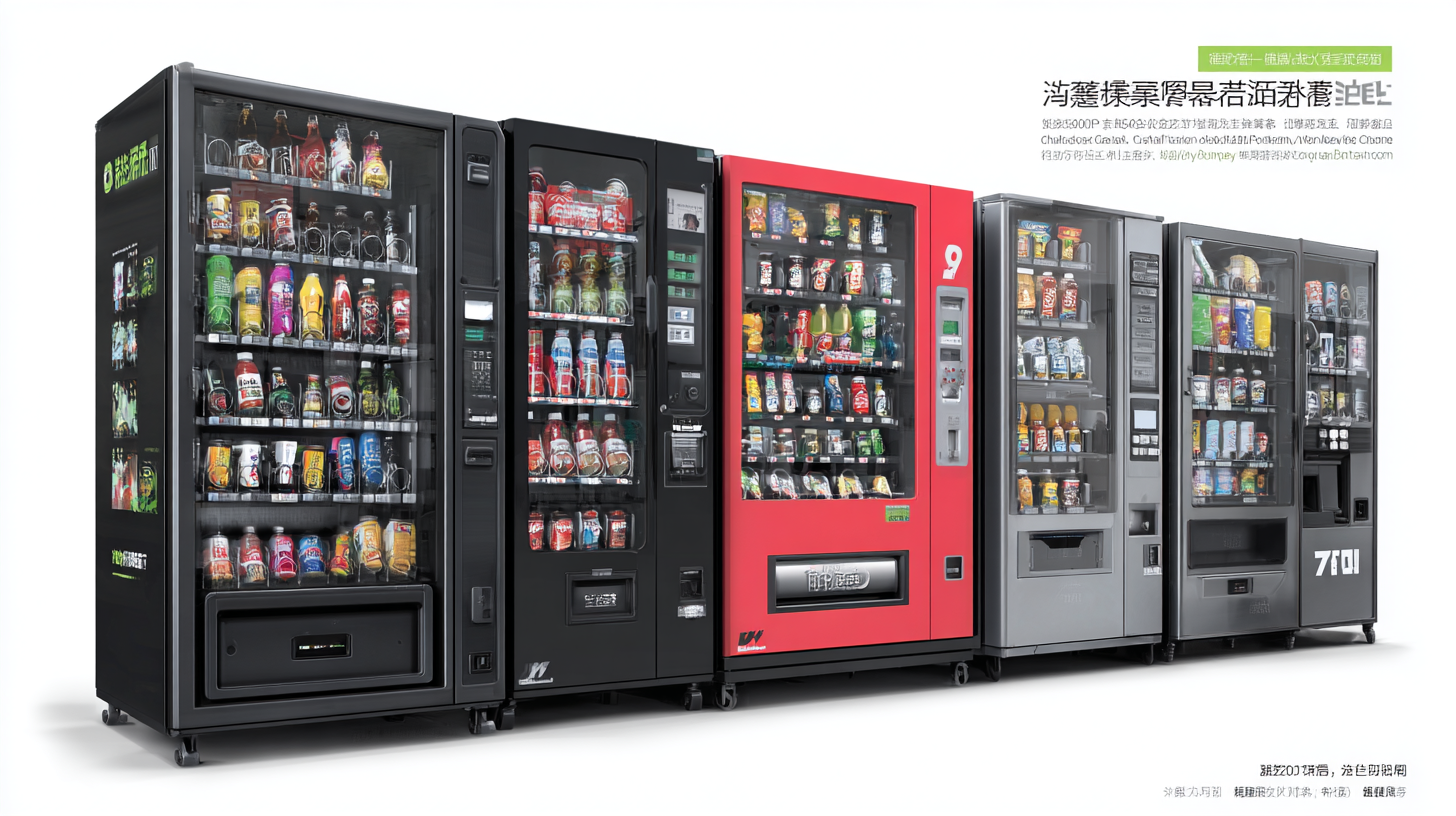Revolutionizing Convenience: The Global Success of China’s Best Smart Vending Machines
In recent years, the vending machine industry has undergone a remarkable transformation, with smart vending machines at the forefront of this revolution. According to a report by MarketsandMarkets, the global smart vending machine market is expected to grow from $4.8 billion in 2021 to $8.3 billion by 2026, reflecting a compound annual growth rate (CAGR) of 11.4%. This surge in growth is largely driven by increasing consumer demand for convenience and enhanced experiences, which these intelligent machines adeptly provide. Originating from China's top manufacturing hubs, these advanced vending solutions combine cutting-edge technology with user-centric designs, establishing trust and reliability across various markets around the globe. As they evolve, smart vending machines are reshaping how consumers engage with retail spaces, paving the way for a more seamless and innovative shopping experience.

The Rise of Smart Vending Machines: A Peek into China's Innovations
The rise of smart vending machines is transforming the retail landscape, particularly in China, where innovation is at the forefront. The global intelligent vending machine market is on a meteoric rise, projected to expand from $11.47 billion in 2025 to an astounding $36.89 billion by 2032, with a compound annual growth rate (CAGR) of 18.2%. This growth is largely driven by the increasing demand for cashless transactions and the integration of artificial intelligence, which enhances user experiences and operational efficiency.
China's latest innovations in smart vending technologies are exemplified by the burgeoning market for specialized machines. For instance, the market for Fresh Ground Coffee Vending Machines is expected to grow from $1.92 billion in 2024 to $3.45 billion by 2033. Similarly, the Automatic Fresh Juice Vending Machine sector anticipates an expansion from $2.5 billion to $4.5 billion in the same timeframe. This trend reflects a broader consumer shift towards healthier options and convenience, pushing vendors to adopt smart solutions that cater to ever-evolving consumer preferences. As these machines become more prevalent, they offer not only convenience but also a glimpse into the future of retail automation.
How China’s Manufacturing Excellence Drives the Smart Vending Machine Industry
The global smart vending machine market is poised for significant growth, with projections indicating an increase from $11.47 billion in 2025 to $36.89 billion by 2032, showcasing a remarkable CAGR of 18.2%. This surge can be largely attributed to China's manufacturing prowess, which has positioned the nation at the forefront of the smart vending machine industry. As the country continues to embrace automation and large-scale manufacturing capabilities, the innovation within this sector is set to redefine convenience across various consumer landscapes.
While the pandemic has brought about numerous challenges, it has also uncovered new opportunities in the “unmanned economy.” Studies indicate that the demand for automation, including smart vending solutions offering contactless service, has surged. Companies are now leveraging artificial intelligence and big data to enhance product offerings and customer experience, thus driving growth in this field. For example, major players are investing in AI technologies to boost sales in sectors like coffee retail, highlighting the importance of integrating tech for market competitiveness.
**Tip:** For businesses looking to enter the smart vending space, focusing on user-friendly interfaces and diverse product selections can enhance customer engagement.
**Tip:** Investing in data analytics will provide insights into consumer preferences, allowing for tailored product offerings that meet changing demands.

Global Adoption of Smart Vending Machines: Trends and Market Insights
The global market for smart vending machines is witnessing remarkable growth, driven by technological advancements and consumer demand for convenience. According to recent research, the market size is projected to reach significant heights in the coming years, with an estimated growth rate that underscores the increasing integration of intelligent solutions in everyday transactions. Key trends include the adoption of cashless payment systems, AI-driven inventory management, and enhanced user interfaces that cater to diverse consumer preferences.
As smart vending machines proliferate across various sectors, businesses are encouraged to adapt their strategies to leverage this trend. Tips for successful implementation include selecting machines that offer wider product ranges to attract different demographics and ensuring seamless payment options to increase user engagement. Additionally, maintaining regular software updates can enhance the operational efficiency of these machines, making them more appealing to users.
Moreover, understanding regional preferences is crucial. For instance, customization of product offerings based on local tastes can significantly boost sales. Implementing data-driven analytics can provide insights into purchasing behavior, allowing businesses to better tailor their inventory and marketing efforts. Embracing these strategies will not only enhance customer satisfaction but also drive profitability in an increasingly competitive market.
Global Adoption of Smart Vending Machines
Technological Advancements Revolutionizing the Vending Experience
The vending machine industry is undergoing a remarkable transformation, heavily influenced by technological advancements that are reshaping the consumer experience. Smart vending machines, especially those pioneered by Chinese companies, integrate artificial intelligence and IoT (Internet of Things) capabilities to create a seamless interaction between consumers and automated retail. These machines are not just about dispensing snacks or drinks anymore; they offer a personalized shopping experience that can analyze customer preferences and suggest products based on past purchases. This innovative approach significantly enhances convenience, making it easier for consumers to find exactly what they want when they need it.
Moreover, the integration of mobile payment systems and contactless transactions has made purchasing through smart vending machines more efficient than ever. Consumers can now complete their transactions within seconds using just their smartphones, eliminating the traditional barriers of coins and bills. With real-time inventory management and remote monitoring, operators can optimize stock levels and ensure that popular items are always available. As these technological advancements continue to evolve, we can expect smart vending machines to expand their presence globally, offering not only convenience but also a glimpse into the future of automated retail solutions.
The Future of Convenience: Smart Vending Machines in Everyday Life
The rise of smart vending machines is transforming the way we think about convenience in our daily lives. With advancements in technology, these machines are no longer just simple dispensers of snacks and drinks. They incorporate artificial intelligence for inventory management, contactless payment systems, and Internet of Things (IoT) integration, ensuring that customers have a seamless shopping experience. As urbanization continues to escalate, the demand for such innovations grows, making them a staple in modern society.
One remarkable aspect of smart vending machines is their ability to adapt to consumer needs, providing a diverse range of products, from groceries to gourmet meals. This evolution is evidenced by a projected global market growth from $11.47 billion in 2025 to $36.89 billion by 2032, highlighting the increasing acceptance and reliance on these machines. As they become part of everyday life, smart vending machines not only offer convenience but also cater to changing lifestyles, enabling consumers to make quick purchases without traditional checkout delays. Their presence in places like automated convenience stores and unattended retail outlets signifies a shift towards a more efficient and tech-savvy shopping environment.

